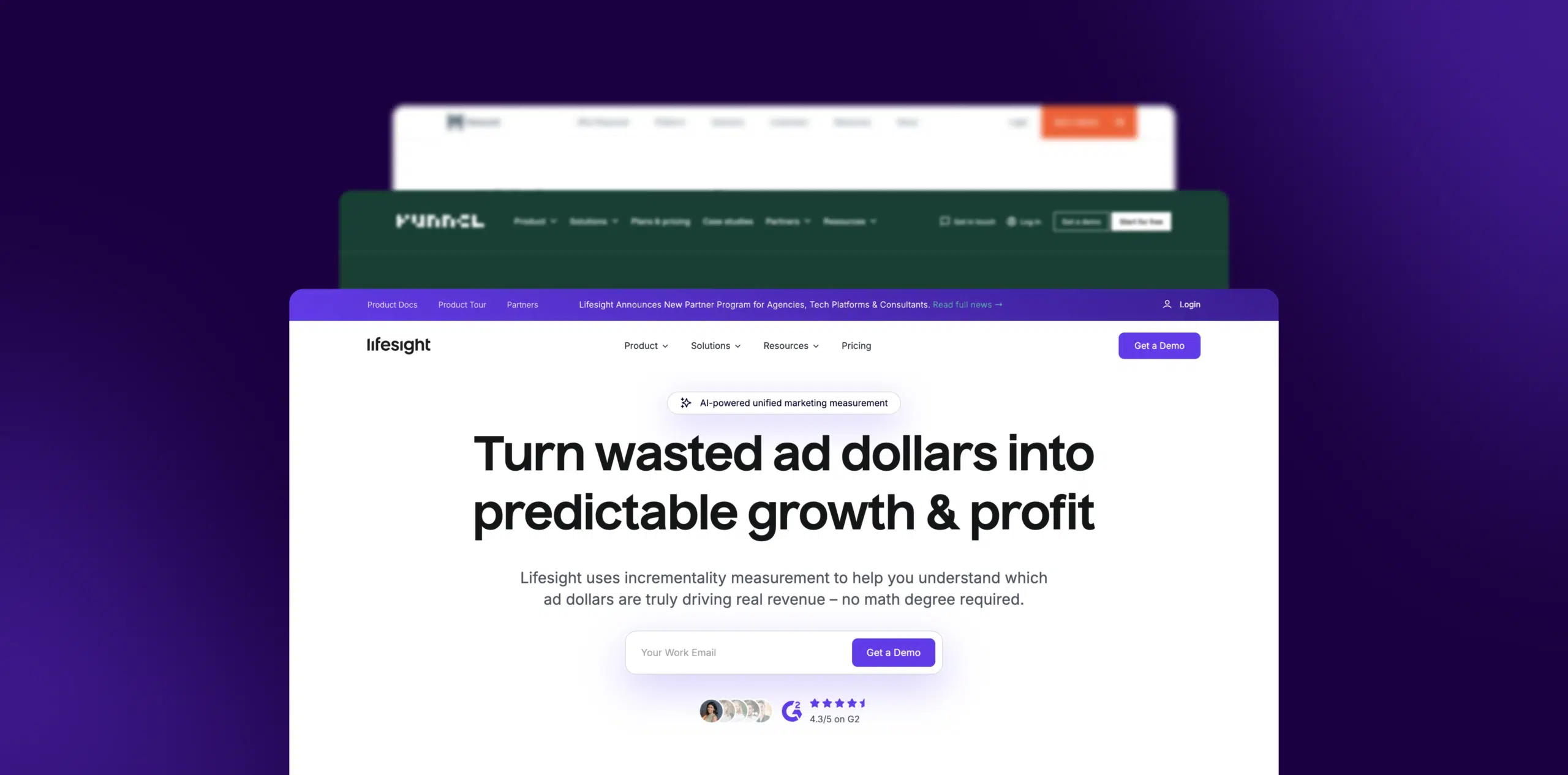What is Click Redirection?
Click redirection is a technique commonly used in online advertising and e-commerce sectors. The process allows advertisers to redirect a user from the original click source or landing page to a different page, which is typically loaded behind the scenes.
The complexity of click redirection can range from simple server-based redirects (301 or 302 HTTP redirects) to elaborate JavaScript or Meta refresh redirects. The chosen method of redirection depends on various factors, including but not limited to, the purpose of redirection, the technical capabilities of the redirected platforms, search engine-ranking considerations, and the necessity to track and analyze user behavior.
Formula
There’s no specific “formula” for click redirection since it’s more of a methodology. One can implement it within the site’s code by setting up the HTTP status code to 301 (permanent) or 302 (temporary) or using JavaScript for causing the browser to redirect to another URL.
Example
Imagine there’s an e-commerce ad promoting a popular smartphone model. When a user clicks on the ad, instead of being delivered directly to the product page, they are rerouted to a special offer page highlighting a discount bundle including the phone and a pair of headphones.
Why is Click Redirection important?
Click redirection is central to online marketing strategies. It aids in tracking and analyzing user behavior, aiding in understanding user preferences better. Consequently, the data collected can increase conversion rates and overall revenue by steering users towards targeted product pages or unique marketing campaigns.
Which factors impact Click Redirection?
Improving click redirection largely revolves around improving user experience. Regularly evaluate the efficiency of your redirect links and ensure that they take users to relevant, valuable pages that run smoothly. Using A/B testing can help to gauge the effectiveness of different landing pages..
How can Click Redirection be improved?
Factors include the speed of the redirected page, relevance of the redirected content, and technical optimization like correct HTTP status codes and mobile compatibility. It’s also crucial that redirected pages are live and not leading to a 404 error.
What is Click Redirection’s relationship with other metrics?
Click redirection treasures important data about user behavior, tracking aspects such as the number of redirects, origin of redirection, and landing page performance. These factors can influence other e-commerce metrics like bounce rate, dwell time, conversion rate, and overall user engagement. For instance, if users are redirected to irrelevant pages, the bounce rate might increase, negatively impacting SEO rankings.
Free essential resources for success
Discover more from Lifesight






















































